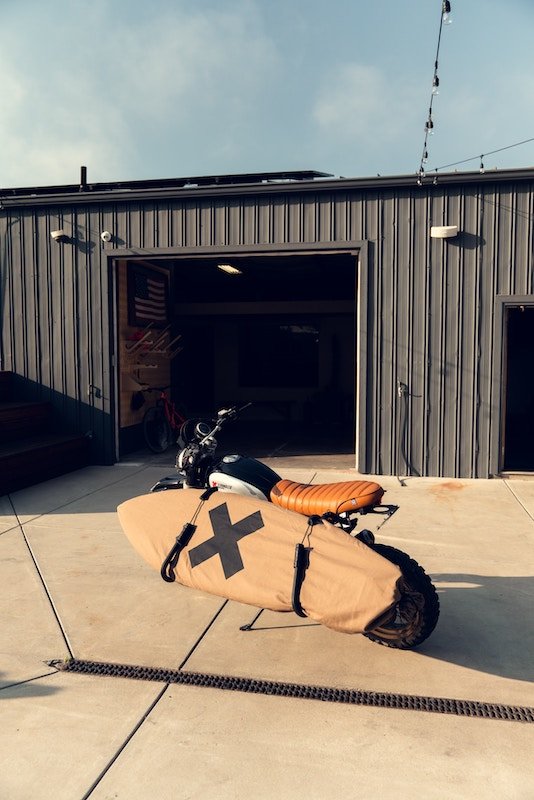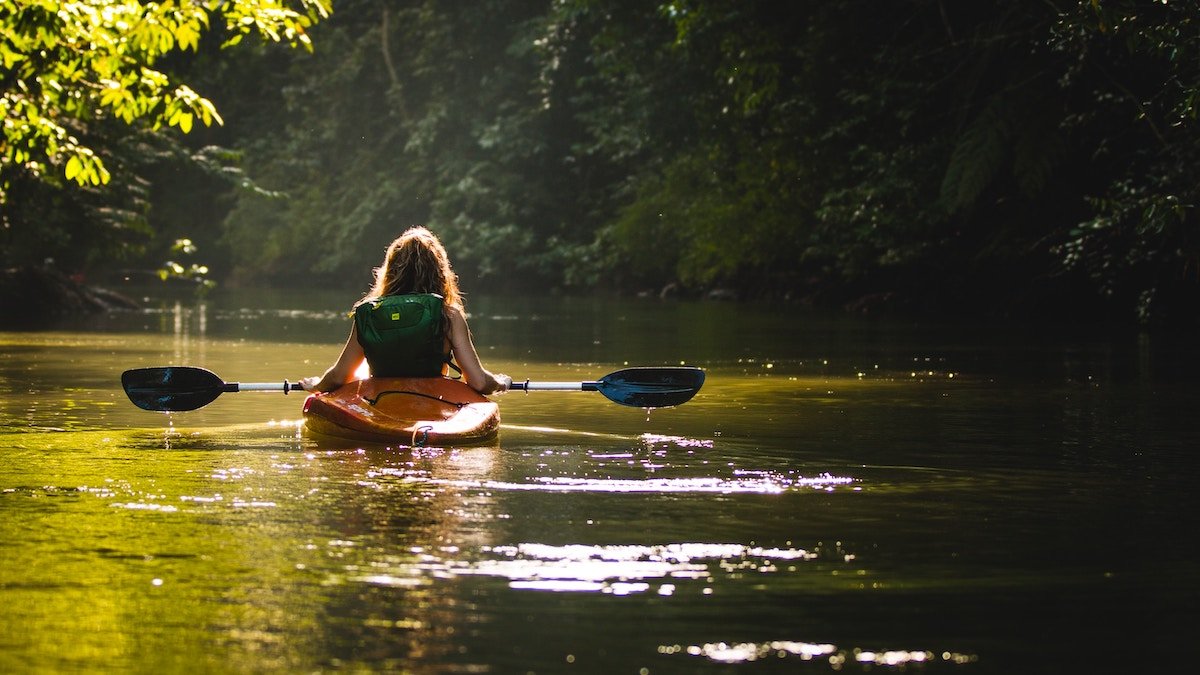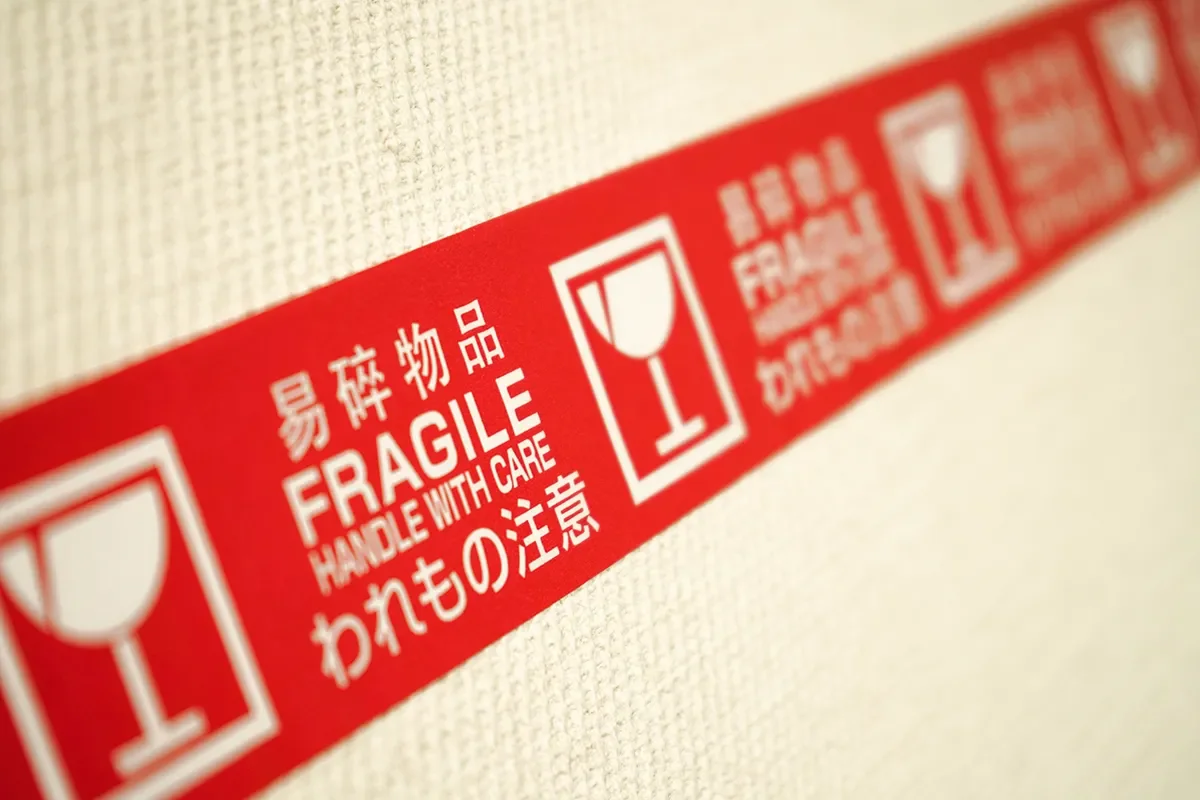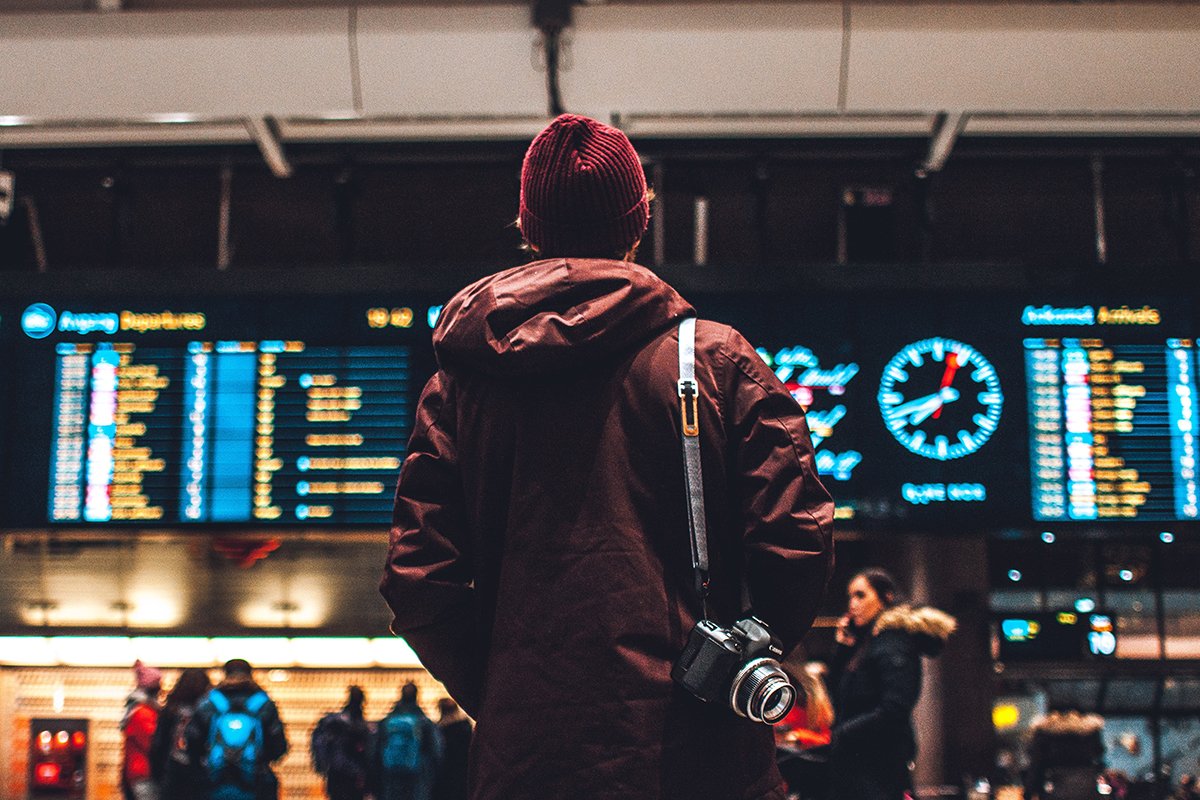From an Ex-Flight Attendant: 12 Tips for Flying with Your Outdoor Gear
Flying with your outdoor sports equipment can be a breeze or a headache, depending on how well you prepare. As an ex-flight attendant who loves the outdoors, here are my top tips to help you outdoors enthusiasts navigate the skies with your snowboards, paddleboards, surfboards, and skiing equipment, so they arrive safely at your destination and ready for action.
Videos by Outdoors
1. Use Quality Gear-Specific Bags

Invest in high-quality, durable, purpose-built padded bags to protect your gear, especially if you’re a frequent traveler. Look for a padded bag with reinforced seams and sturdy zippers. Some bags even come with wheels for easy maneuvering, and you may wish to choose one with additional pockets for accessories.
If traveling with more than one board, consider a coffin-style board bag, which can hold multiple boards. These bags offer extra protection and are often more robust. Alternatively, many board bags have additional padding for the nose and tail, so look for bags with this extra padding to secure these critical areas, keep your board protected, and protect it from any potential impacts.
2. Pack Strategically

Utilize the space inside your board bag/ski bag efficiently by packing some of your clothing, such as gloves, layers, rash vests, or wetsuits around your board/skis for added protection.
Remove any fins, bindings, or detachable accessories on your equipment before packing it to reduce the risk of damage during transit. This will also help your board/skis fit more easily into the bag. For surfboards, store fins securely in a small bag and pack the leash separately.
3. Protect Fragile Equipment

If you’re traveling with a board, invest in some nose and tail protectors. This will shield the most vulnerable parts of your board and help prevent damage from impacts during handling.
It’s also a really good idea to wrap the nose and tail of your board with bubble wrap or towels to add an extra layer of padding and protection. Pay attention to these vulnerable areas, as they are more prone to damage.
If you’ll be skiing, consider separating your skis and poles, especially if you have a bag that accommodates them individually.
4. Secure Loose Parts
Ensure that any loose straps, harnesses, buckles, or other loose/removable parts are secured to prevent them from getting caught or damaged during handling.
If you’re bringing a paddle, ensure it is well-protected and secure inside the bag. Some bags have a designated paddle pocket, but if they don’t, wrap your paddle in padding and secure it inside your bag.
5. Invest in Travel-Friendly Outdoor Equipment When Possible
If you’ll be traveling a lot with your outdoor gear, you may want to consider investing in travel-friendly equipment. For example, inflatable stand-up paddleboards are more compact and lightweight than traditional ones, making them much easier to transport. These boards are often more durable and designed to withstand the rigors of air travel.
6. Check Airline Policies
Know your airline’s policies on sports equipment. Different airlines have specific policies regarding sports equipment, so make sure to check in advance the policy for the airline you will be flying with so you understand their specific rules and any associated fees or limitations for transporting any large outdoor equipment.
Also check your airline’s weight and size restrictions for sports equipment. Ensure your packed outdoor equipment complies with these regulations to avoid excess baggage fees. Note that outdoor equipment such as surfboards and snowboards are typically subject to oversize baggage fees, so be prepared for additional charges.
7. Use Fragile Stickers

If traveling with a large board, attach “Fragile” stickers to your equipment bag to alert airport staff to handle it with care. While not foolproof, it may prompt more cautious handling from the baggage handlers. And whilst we’re on the topic of labeling bags, it’s a good idea to clearly label your bag with your contact information. This can help airport staff return your gear if it gets lost.
8. Carry Essentials in Your Carry-On
Be sure to pack fragile items like your action camera equipment or goggles in your carry-on. You’ll also need to pack any batteries such as those for GPS devices in your carry-on luggage to comply with safety regulations.
9. Insure Your Outdoor Equipment
Consider purchasing travel insurance that covers your outdoor equipment in case your equipment gets lost, damaged, or stolen.
10. Lock Your Bag
While not foolproof, adding a lock to your outdoor equipment bag can deter unauthorized access and provide an extra layer of security.
11. Arrive to the Airport Early

Arrive at the airport with ample time before your flight. Sports equipment often requires special handling in the oversized baggage handling area, so arriving early allows for a smoother check-in process.
12. Inspect Your Equipment Upon Arrival
Upon reaching your destination, inspect your outdoor equipment for any damage. If you notice any issues, report them to airline staff immediately and document the damage for potential claims.
Remember, the smoother you can make the journey for your gear, the more enjoyable your outdoor adventure will be. Plan ahead, follow airline guidelines, and invest in quality protective gear to ensure your outdoor equipment arrives at your destination safely and ready for your next adventure.
Source: https://outdoors.com/tips-for-flying-with-outdoor-gear-from-a-flight-attendant/







